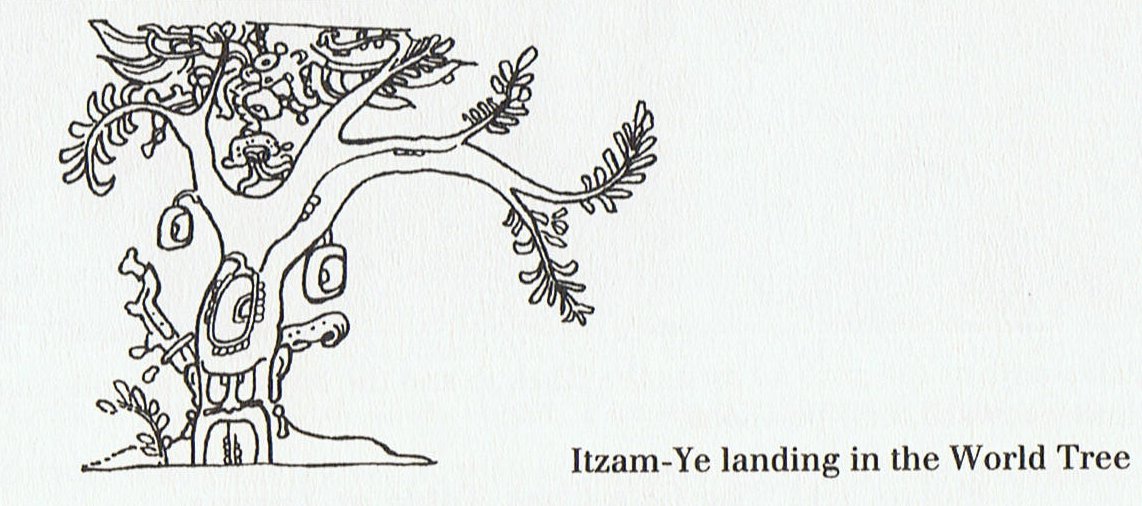| "Kepelino wrote: 'Lalani
or stars of heaven are the stars close to the heavens,
called ruling stars. There is a vast number of these
stars and they shine with a tiny, twinkling light
because of their great height.' Lalani, in the Kumulipo or Hawaiian Chant
of Creation, was translated 'row of stars' by Queen
Liliuokalani. The Hawaiians also called the Milky
Way Kuamoo, Backbone of the Lizard. Many Polynesian names for the Milky
Way may be reminiscent of the crocodiles of Western
Melanesia, the moko-roa, 'long lizards' of
legend, for the same motif is found in various parts of
the Pacific. The Tuamotuans termed the Milky Way
Vaero-o-te-moko, Tail of the Lizard, and
Mango-roa, Long Shark.
The Mangaian name Moko-roa-i-ata,
Long-lizard-of-morning, not only sounds the lizard or
crocodile note but also refers to the method of
determining the small hours of the night before the
rising of the morning star. The Maori used the same term
contracted to Mokoroiata. Again they called the
Galaxy Mango-roa, Long Shark, and
Mangoroiata, Long-shark-of-dawn.
In the island of Pukapuka Te Mango,
the Shark, was applied to the long dark rift which
divides the Milky Way from Scorpius to Cygnus. They
declared that the 'shark of winter' had its head to the
south and the 'shark of summer' had its head to the
north, referring to the seasonal change in the position
of the constellation.
This, they said, was the monster which
Maui speared and hurled high into the sky and
they pointed out a small triangular patch of dark
nebulosity near Scorpius as te tao, the spear with which
Maui had performed his prodigious feat. In the Society Islands there were two
distinct names for the rift, Vero-nu'u,
Pierce-the-earth, and Vero-ra'i, Pierce-the-sky,
the names of the two great wooden spears of Tane.
The Central Polynesians called the
Milky Way the Vai-ora or Water of Life of Tane
and located it in the tenth heaven. They tell the story of
Faa-rava-i-te-ra'i,
Sky-shade, a handsome blue shark which was the pet of
the gods. Unfortunately, it developed an appetite for
human beings and two lads plotted to kill it, but the
gods learned of their purpose in time and transported
the shark to the heavens where it can still be seen. When Maui ascended to the tenth
sky to implore the assistance of Sky-builder, he found
the god diving for fish in the Living Water to feed his
pet sea swallow, the star Deneb in Cygnus ... (Makemson) |


